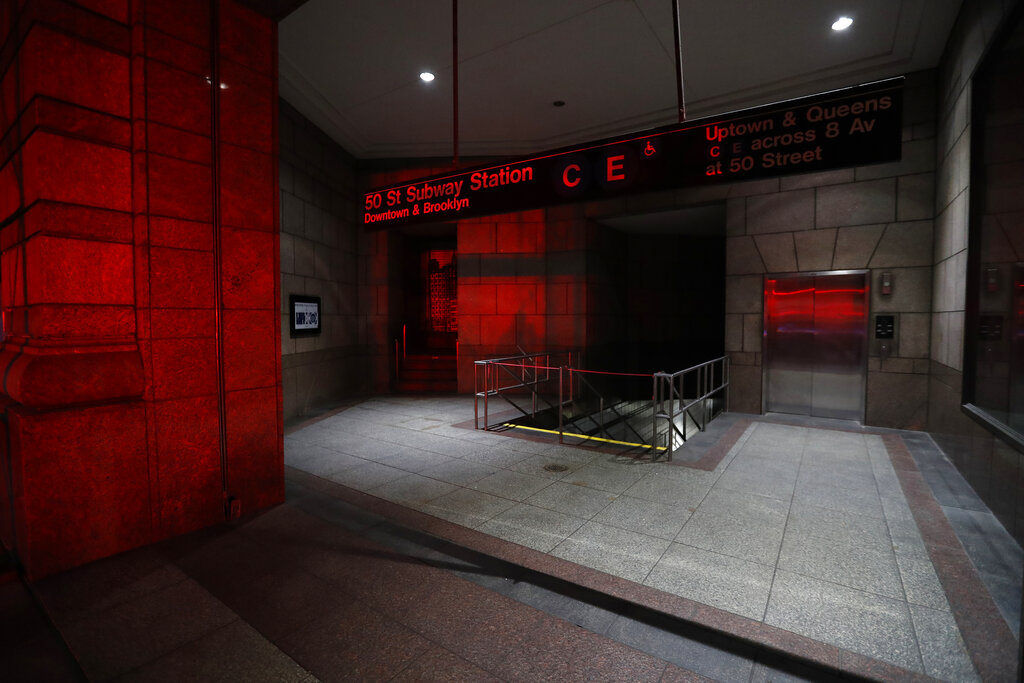It’s time for Public Power
Why these two bills should be Albany’s top priority

The past year has given New Yorkers a lot to worry about.
The state budget that was recently passed is a tremendous step toward fighting those overlapping crises that are affecting our city and state. The activists, community members, and legislators who made this possible should be proud of what they accomplished.
But the work in Albany is far from over, and now is no time to rest on our laurels.

Brooklyn Boro
View MoreNew York City’s most populous borough, Brooklyn, is home to nearly 2.6 million residents. If Brooklyn were an independent city it would be the fourth largest city in the United States. While Brooklyn has become the epitome of ‘cool and hip’ in recent years, for those that were born here, raised families here and improved communities over the years, Brooklyn has never been ‘uncool’.